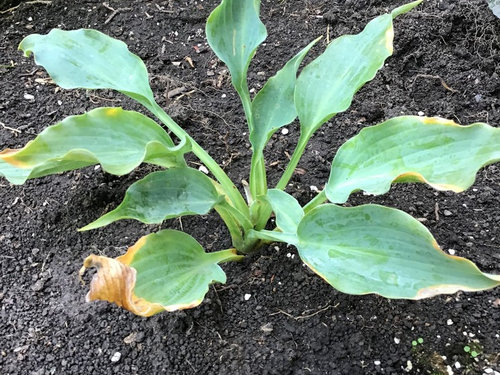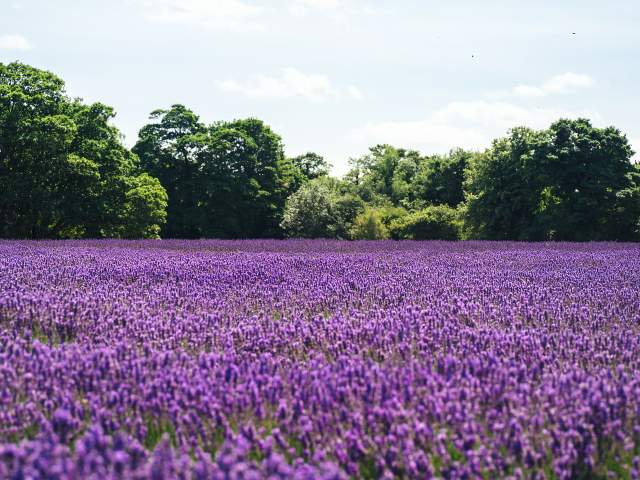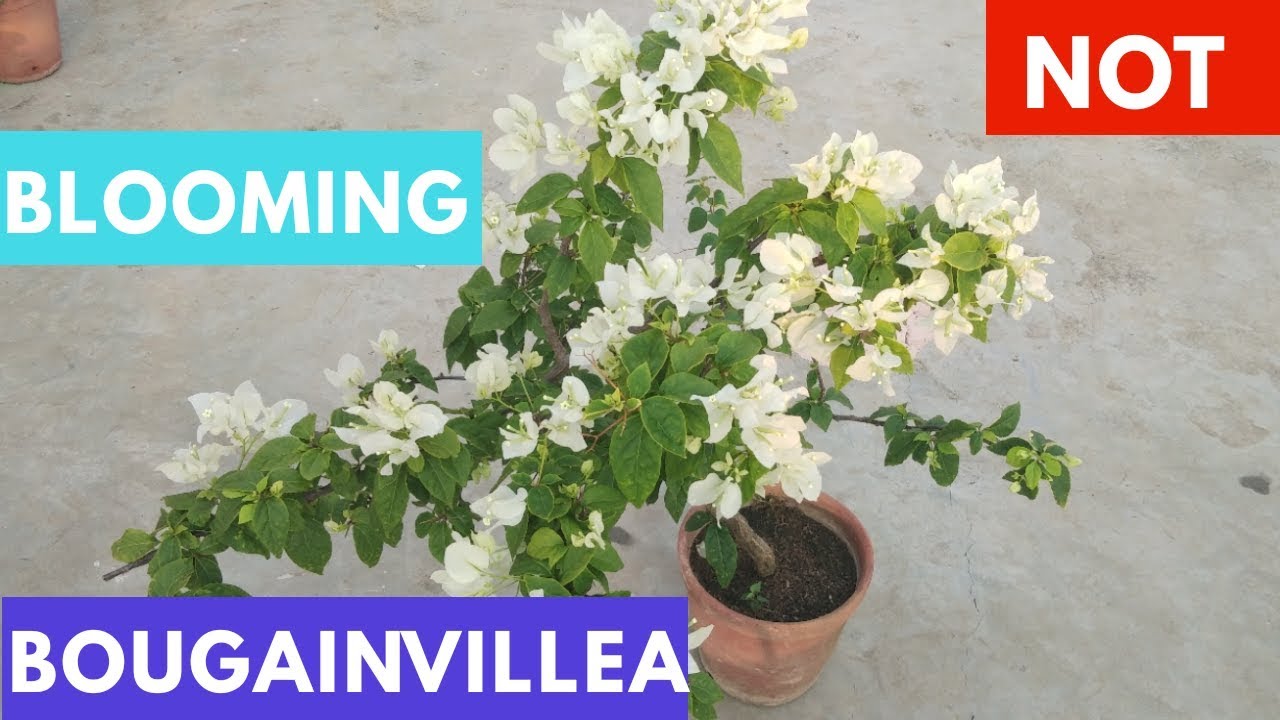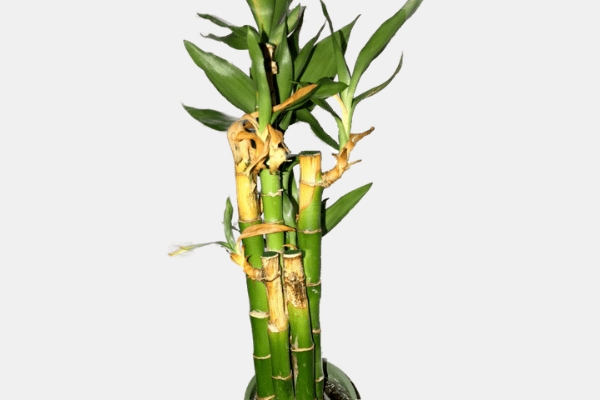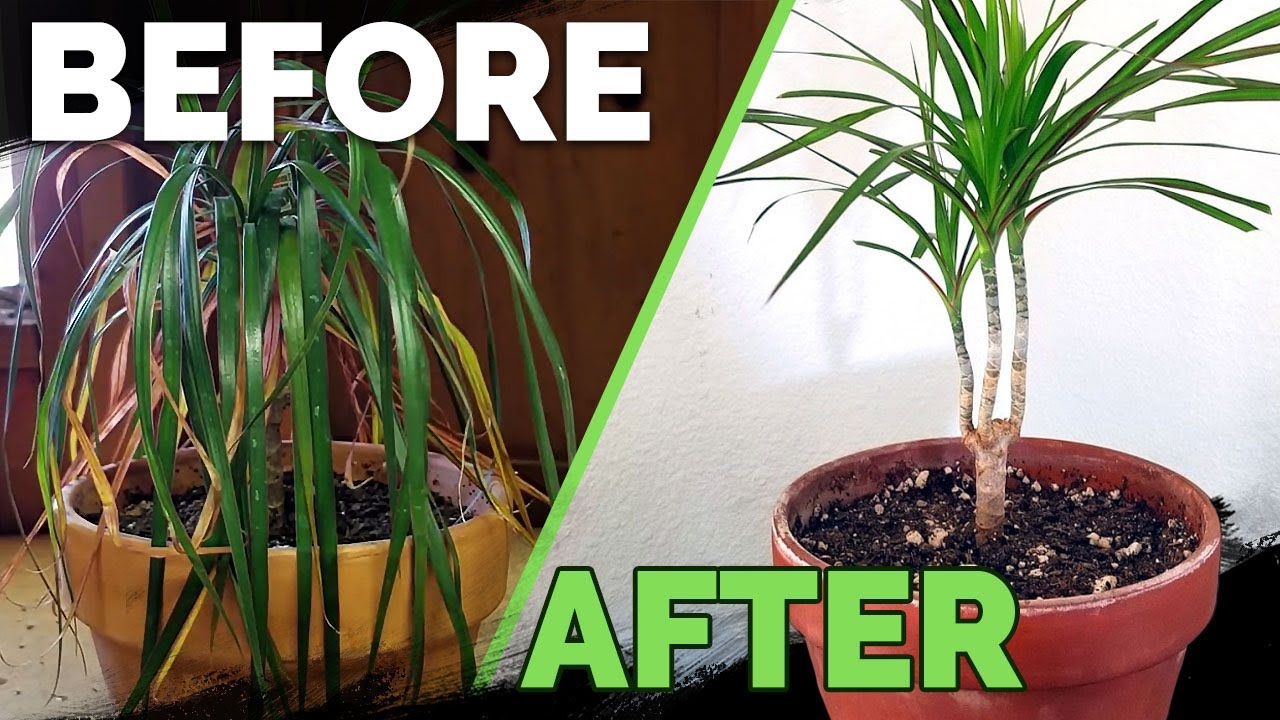Ivy Leaves Turning Yellow? (How to Save it)
The excessive water around the roots caused by overwatering, poorly draining soils, or containers without drainage holes causes ivy leaves to turn yellow. Yellow ivy leaves may also be a sign of insufficient nitrogen levels in the soil or that the ivy roots are confined to a pot and unable to get the nutrients they …


